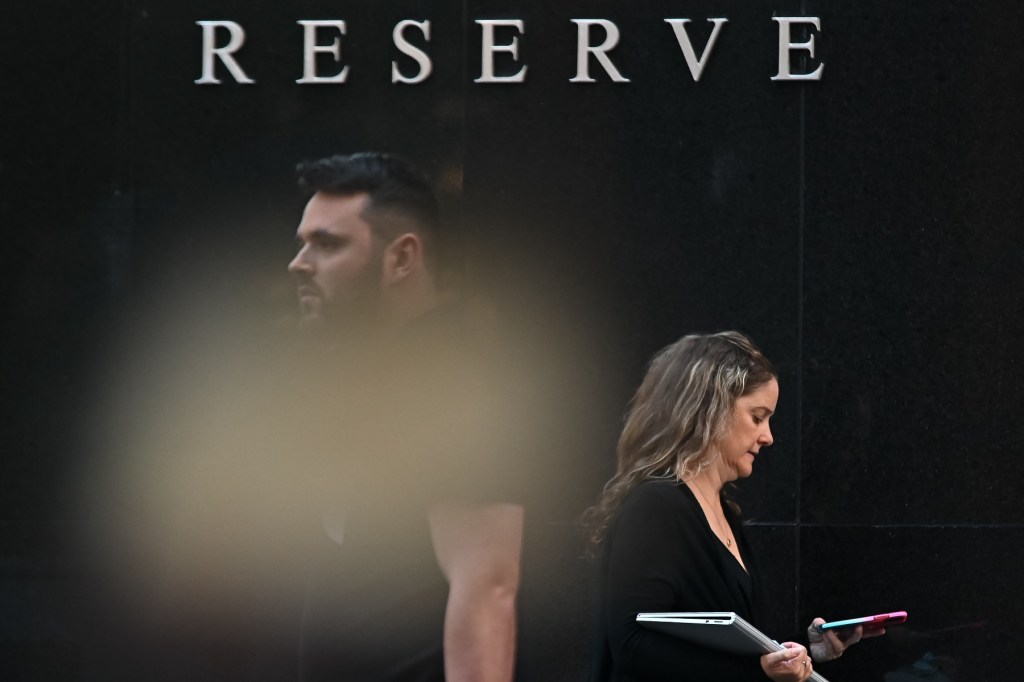Australian share market edges higher as ASX enjoys reprieve from brutal sell-off

- by Admin
- August 6, 2024

The Australian share market is enjoying an early reprieve from the intense selling pressure that has hit global markets gripped by growing recession fears in the US.
Australia’s S&P/ASX200 index was hovering around the 7,680 mark in early trade on Tuesday, up about 0.4% on Monday’s closing price.
The muted start comes after the benchmark index shed 5.8% over two volatile days that have erased $160bn of value from shares. The index is now flat for the year.
Investors in the US, Europe and Asia have been unwinding their positions in response to weak US jobs data that triggered a recession indicator, after a prolonged period of strong gains underpinned by excitement over artificial intelligence and the wider tech sector.
The US Federal Reserve has also flagged it would soon start cutting interest rates, in a move that investors interpreted as a sign that the economy was weakening.
In response, so-called risk assets such as equities have been falling, while investors shifted their money into safe havens such as bonds.
But the market has shown some signs of resilience, with the chip maker Nvidia, as well as the Australian dollar, paring their initial sharp losses.
Wall Street’s gauge of fear, the CBOE volatility index, spiked to above 65 early in the US session, a level not seen since the onset of the pandemic. It then settled back at 38.
“The general rule of thumb is that a VIX reading below 20 represents expectations for a low-risk environment, while readings above 20 signal expectations for higher volatility,” said Mike Rode, senior investment director at American Century Investments.
The improved sentiment has raised questions among analysts over whether a market crash is taking hold, or if it’s an overdue pull-back after a period of strong returns.
Most Reserve Bank watchers expect Australia’s central bank will keep rates on hold on Tuesday due to the sell-off in global equity markets and last week’s cooler core inflation data.
“Last week’s softer than expected inflation report has eliminated the prospect of a rate hike from the RBA,” said Saxo’s head of foreign exchange strategy, Charu Chanana.
While the selling trend has been consistent around the globe, some markets have suffered more than others, with Japan’s Nikkei plunging by 12% on Monday. But the Nikkei bounced on Tuesday and was up by about 10% in early trade.
The Latest News
-
December 26, 2024LIVE Boxing Day Test: Khawaja sent packing in shock wicket; Konstas knock a highlight
-
December 26, 2024Cricket: Australia’s Kostas gets better of India on debut
-
December 26, 2024Sam Konstas dazzles in Boxing Day Test debut. – Colitco
-
December 26, 2024Sam Konstas in epic response to MCG heroics amid wild Jasprit Bumrah detail
-
December 26, 2024Virat Kohli facing sanction after Sam Konstas fireworks rattle India in Boxing Day Test



